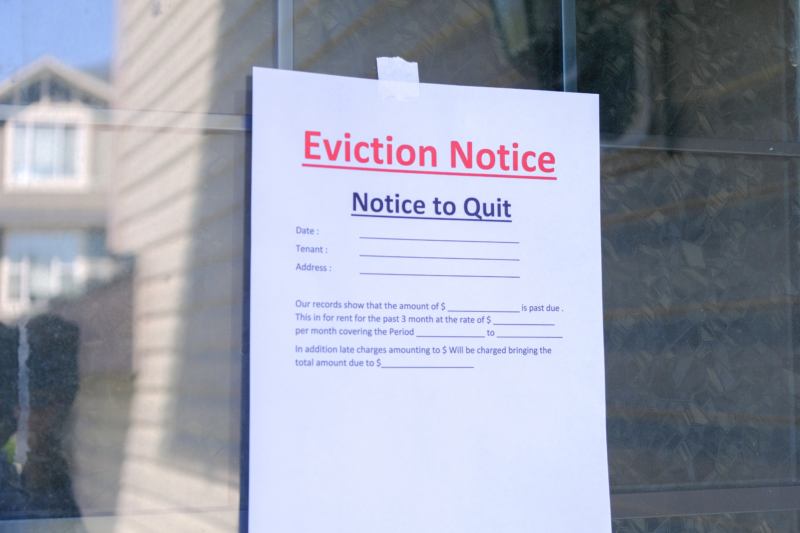If a suit is brought against you by a purported owner, to evict you from a piece of land you have been using, you may have a claim for adverse possession. Adverse possession is a claim which can be brought if you have been enjoying a piece of land, and using it as your own, for a certain period. A claim for adverse possession is typically brought if the land takes root in your being and it cannot be taken away without your resenting of the act. There are five elements of an adverse possession claim: (1) Actual; (2) Exclusive; (3) Open and Notorious; (4) Adverse and Hostile; and (5) Continuous for the required period.
The “Actual” element requires that the adverse possessor must use the land as an ordinary owner would, given the nature and character of the land. This refers to the type of conduct on the land; the conduct must be the type of conduct you would expect from an owner of that nature and character of the land.
The “Exclusive” element states that the use of the property by the adverse possessor must not be interfered with by someone who does not have the adverse possessor’s permission. If more than one individual is using the land, without the knowledge of the other, there is no exclusivity, and therefore, this element of adverse possession is not met.
“Open and Notorious” requires that an adverse possessor’s use must be visible, such that an owner who made a reasonable inspection would become aware of the adverse claim. If an owner can see that someone else has been using their land for a long time, and has refused to do anything about it, the adverse possessor is more likely to succeed in their claim against the purported owner.
The element of “Adverse and Hostile” states that the subjective intent of the adverse possessor is irrelevant to a claim of adverse possession. An objective standard is used, meaning that if all of the other elements of adverse possession are satisfied, this element will be satisfied as well. The only caveat to this element is that the objective standard will not be met if the adverse possessor used the land with the permission of the true owner. A minority of states will look to the subjective intent of the adverse possessor and evaluate both good faith beliefs that you are the owner of the land and bad faith beliefs that you are not the owner but intend to take the land.
The final element of “Continuous for the required period” does not require actual continuous occupation and use. This element is satisfied by sporadic use and refers to the frequency of conduct. The frequency of conduct must be equivalent to the frequency expected of an owner of that nature and character of the land.
To prove adverse possession, an adverse possessor typically brings a quiet title action to confirm his title. The adverse possessor can also raise the doctrine of adverse possession as a defense to an owner’s lawsuit to recover possession. Judicial action is not always necessary, however, if all elements of adverse possession are met – in this circumstance, adverse possession is automatic.
If you think you may have a claim for adverse possession, or wish to raise it as a defense, you should consult an attorney. Your attorney will be able to walk you through each element to see if you do have a claim and assist you in filing all actions or defenses.
Don’t face an adverse possession dispute alone. Contact King Law Offices today at 888-748-KING (5464) to schedule a consultation. Our dedicated legal team is ready to fight for your rights and protect your interests. Remember, at King Law Offices, we are here to provide you with the legal support you need for a successful outcome.


